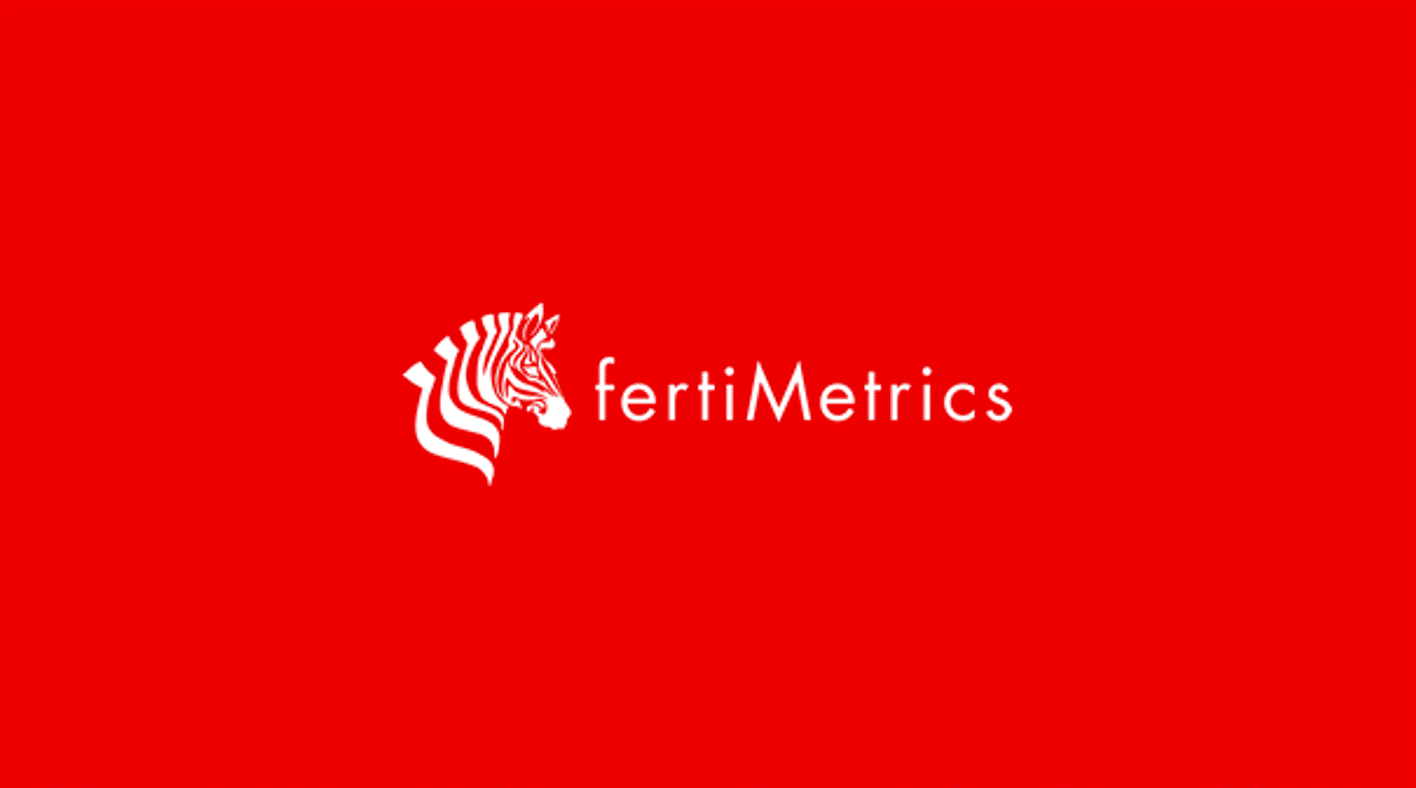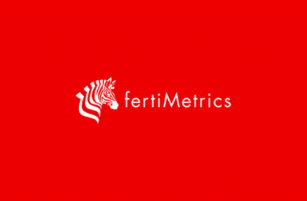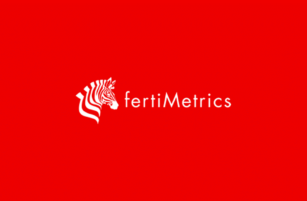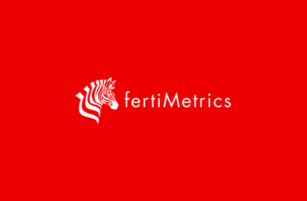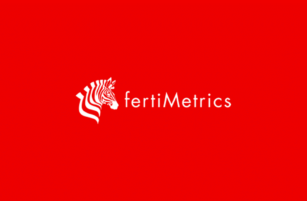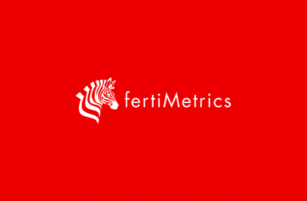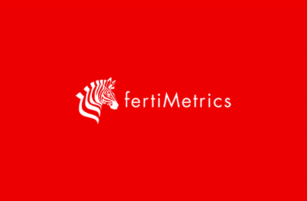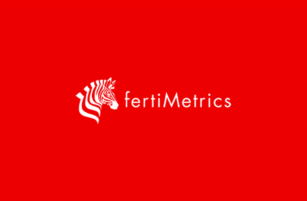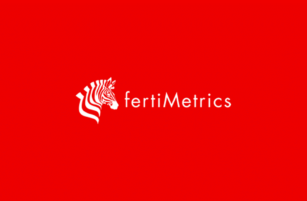Insight Focus
Urea prices moved higher most regions, particularly across the Middle East. Processed phosphate prices have stabilized, whereas there is still room for potash markets to fall. The ammonia market this week was quiet with values east of Suez ahead of values west of Suez.
Egypt Drives Up Urea Price
The international urea market saw an uptick in prices across the board this week with Egyptian producers taking advantage of European traders covering shorts. Traders who saw values in the Middle East approaching USD 285/tonne FOB – up from sub USD 270/tonne FOB – got active on Egyptian sourcing. Amid speculation that some 50,000-60,000 tonnes had been placed from Egypt at USD 280-285/tonne FOB, producers started to see higher numbers.

MOPCO started the ball rolling placing 45,000 tonnes at USD 286/tonne FOB Damietta, but the market quickly moved into the USD 290/tonne region after Kima and Helwan also made sales. So far, the peak of the current rally has reached USD 310/tonne FOB. There still seems to be quite a bit of volume left for June and it remains to be seen if there are enough shorts to clear out the month’s supply.
In other regions, offers were withdrawn and Brazilian offers went from USD 300/tonne to USD 320/tonne CFR.
In Southeast Asia, Petronas again experienced production problems at one of its three plants. No new urea tenders have been announced in Indonesia and reports are circulating that BFI of Brunei is sold well into June at prices either side of USD 300/tonne FOB.
On the demand side, both Australia and Thailand are now in the middle of their main buying season. Much needed rains are coming to Thailand, so demand should pick up fast, although most of the cargoes for the Thai market are contract cargoes from the Middle East and Malaysia.
Again, the big issue beyond June is China – will it enter the market and with how much? With no sign of India coming into the market with a new tender due to sufficient inventories, many feel that the market could witness further periods of oversupply in the middle of the year. However, there is an acknowledgement that recent lows have been very attractive to buyers in many markets. The dynamic between Chinese supply and potential Indian demand will play a role in shaping market fortunes from June.
Processed Phosphate Awaits China
The play is between India and China in processed phosphate. DAP prices in India have stabilized around the USD 510/tonne CFR level, down from the average of USD 593/tonne CFR just a few weeks ago. Current price levels on imports are now close to the break-even for Indian importers and with inventories low, the combination could lead to increased imports.
Producers in China are putting up resistance to lower prices although it should be mentioned that the DAP FOB price was around USD 425/tonne a couple of years ago.

The other market outside of India is Brazil and buyers are poised to import more MAP due to low inventories, which could help to stabilize prices on processed phosphates.
The big issue is that China will have close to 7 million tonnes of MAP/DAP exports available from May 1 to September 30 and needs to giddy up to reach this target. The outlook for prices is therefore still bearish.
Potash Expected to Fall
Potash prices barely budged this week in the buildup to the annual IFA conference next week in Singapore, although downward trending prices are expected by most market players. Potash spot prices in Southeast Asia held flat this week, although an unconfirmed downtick was reported, with standard prices as low as USD 270/tonne CFR. Producers were more forthcoming with commentary on prices in the region and disputed this.
Brazilian spot prices have stayed steady at USD 310-315/tonne CFR as producers remain unable to reach their desired level of USD 320/tonne CFR. Despite the intense flooding in the Rio Grande do Sul region, the Brazilian potash market remains largely unaffected by the disaster.

The India contract price settlement is still not concluded with Indian buyers looking to achieve sub-USD 300/tonne CFR.
Potash prices are still expected to see downward pressure across most regions. Brazilian prices may see some upside during the approaching peak buying season, although producers have struggled to reach the anticipated USD 320/tonne CFR level.
Ammonia Market Players Positive
Amid recent firming sentiment across the East, ammonia markets both East and West of Suez saw little change this week with market participants turning their attention towards next week’s IFA conference in Singapore.

While no fresh spot business was reported into the Far East, traders appear confident that the high-priced sales seen in the first half of May can be repeated, with supply shortages in the Arab Gulf and Southeast Asia providing the necessary support.
Still, the extent to which demand will play a factor is difficult to assess, with pockets of interest in markets such as China not necessarily indicative of the wider region. In South Korea and Taiwan, contract imports continue as normal, with no new spot enquiry heard. The outlook for ammonia prices is steady with East of Suez prices ahead of West of Suez prices.
